We see it clearly at this moment: the home battery sector is experiencing rapid and decisive evolution for the future of the energy transition. In this context, BYD, the now indispensable Chinese manufacturer of electric vehicles, has just unveiled its latest innovation: a high energy density residential battery, named Battery-Box HVB. As the demand for energy storage in homes continues to grow, this new solution offers notable technical advancements, particularly with a significant gain in capacity and compactness. An announcement that could reshape the cards in the European market, where BYD confirms its ambition to establish itself sustainably.
Technological advancements of the BYD Battery-Box HVB home battery
Derived from the experience accumulated in the automotive sector, the fourth generation of BYD's Battery-Box incorporates the so-called HVB technology, or High Voltage Blade. This innovation relies on lithium iron phosphate (LFP) cells, known for their safety and longevity qualities, while displaying optimized energy performance. The gravimetric energy density reaches 108.8 Wh/kg, representing an impressive 50% increase compared to the previous generation. In terms of volumetric density, the rise is even more spectacular, with 162.88 Wh/L, a leap of 139% that explains the compactness of the battery.
This ultramodern design notably allows for a reduction in the overall size of the modules, with a storage cabinet of 29.6 kWh that does not exceed 1.30 meters in height, offering easy integration into domestic spaces. The system is entirely modular, capable of expanding from 5.9 kWh with a single module, up to 29.6 kWh by combining ten stacked modules. For more significant energy needs, up to three rows can be interconnected in parallel to achieve a gigantic maximum capacity of 89.07 kWh!
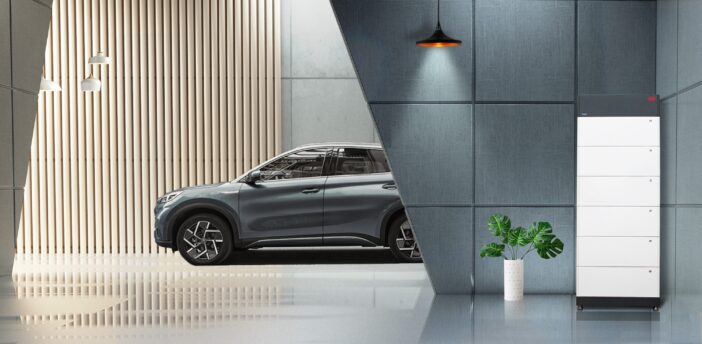
In addition, the power delivered reaches 25.6 kW continuously, with peaks that can reach 50 kW for brief durations of 15 seconds. This feature is particularly advantageous for managing the peak electricity consumption of modern households, especially during the simultaneous activation of intensive household appliances.
The battery enclosure does not overlook safety, an area in which BYD claims a significant advancement. Enhanced mechanical stability and resistance to penetration are major arguments to reduce the risks of fire or failure. Such elements are crucial to convincing European consumers, who are often demanding about domestic safety criteria, alongside the rise in regulations regarding renewable energy and storage.
The performance combined with these guarantees makes this battery a benchmark in terms of balance between power, size, and safety, essential parameters to propel home storage to new standards.
BYD's strategic positioning in the European home battery market
Faced with ever-increasing European demand, BYD now stands as an undisputed leader in residential energy storage. The figures are striking: in the first half of 2024, BatteryBox solutions accounted for 30% of the European home battery market, an impressive market share that reflects a strong foothold and growing trust from local consumers and integrators.
The Chinese manufacturer has managed to leverage its remarkable rise in the automotive sector to deploy its technological expertise toward home energy storage solutions. Its success in the German market is particularly notable, as this country has become a major testing ground in Europe thanks to its high photovoltaic equipment rate and government incentives for renewable energies. BYD has become the leading supplier of stored energy thanks to its BatteryBox, offering a reliable and competitive response to the energy needs of households.
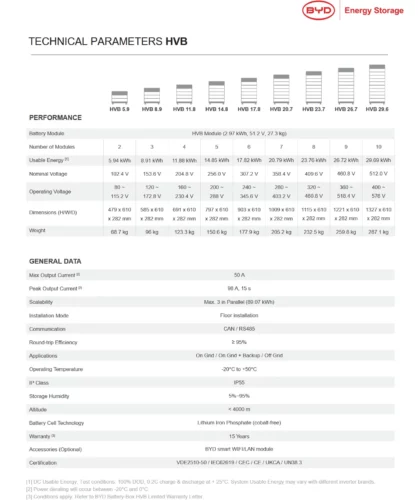
Behind this breakthrough, an ambitious expansion strategy is also based on massive global production. BYD claims more than 12 GWh of batteries distributed across various international markets, a performance that illustrates the industrial scale of this group now ranked as the fifth largest automobile manufacturer in the world. This global dimension allows for cost optimization and accelerated technological diffusion while maintaining a consistent quality appreciated by consumers.
However, the key to success in the European market also lies in price control. The price envisioned around €900/kWh for the new HVB generation reflects an ambitious policy aimed at democratizing access to energy storage systems. This pricing effort is a strategic element in a region where energy costs, fluctuating subsidies, and competition remain determining factors. If this price is confirmed, it could make these batteries highly attractive for a broad segment of households looking to reduce their dependence on the electrical grid and optimize their self-consumption.
Ultimately, the combination of advanced technology, flexible modular capacity, and competitive pricing gives BYD a serious advantage to strengthen its presence and disrupt the traditional dynamics once dominated by European or American manufacturers.
Environmental impact and usage perspectives for the BYD home battery
Beyond technical and commercial performances, the new BYD Battery-Box HVB battery fits into a broader approach in favor of sustainable energy transition. The lithium iron phosphate (LFP) technology chosen presents significant environmental advantages compared to other chemical compositions used in batteries, especially in terms of resources and recyclability.
These LFP batteries distinguish themselves by an absence of heavy metals like cobalt, known for their ecological and social impact during extraction. Their longer lifespan also greatly reduces the frequency of replacement, thus the generation of waste and consumption of raw materials. This longevity and their inherent resilience make the Battery-Box HVB particularly suitable for sustainable residential use, where reliability and safety are paramount.
Equipped households will thus be able to maximize the use of renewable energies, such as solar photovoltaic electricity, by storing surplus production and consuming it during peak demand or at night. This ability to smooth consumption is a major asset for reducing the load on the electrical grid and minimizing indirect carbon emissions associated with fossil electricity production.
Moreover, BYD will likely collaborate with local players specialized in intelligent energy management to integrate these batteries into advanced home automation systems. These systems notably offer real-time control and optimization features that allow adjusting charge and discharge according to weather conditions, energy tariffs, or the habits of occupants. This interconnection between high-performance hardware and management technology is key to a truly active, responsible, and autonomous habitat.
Finally, in a broader horizon, the rise of high-performance home batteries could play a crucial role in electric mobility, through the home charging of vehicles. The high power available thanks to the HVB cell indeed allows for fast and repeated charging, which makes the system complementary to the current and future needs of households equipped with multiple electrical devices.
BYD's innovation is thus part of an integrated vision, where technical performance, reduced environmental impact, and multiple uses converge to shape the residential energy of tomorrow.
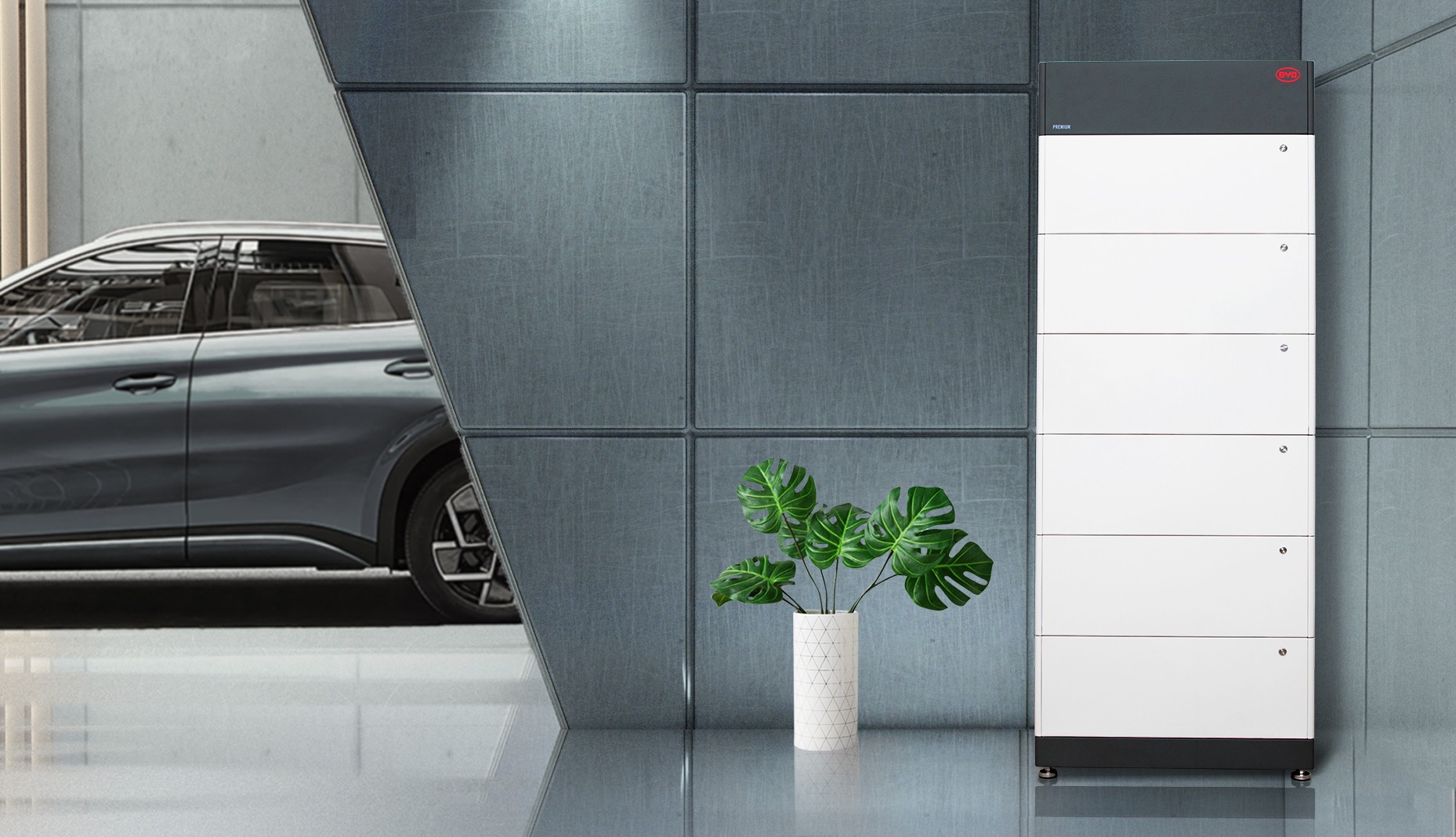
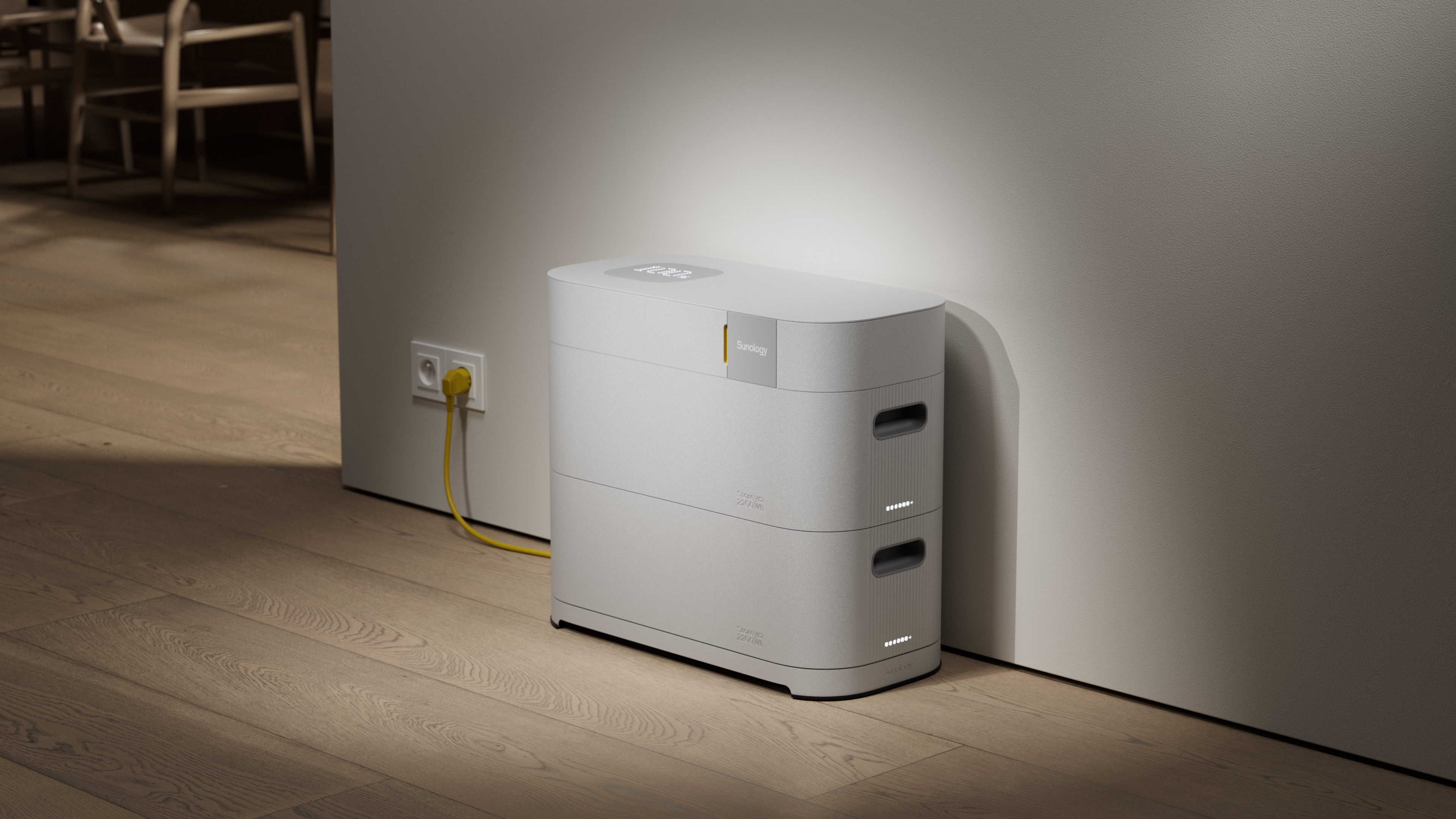
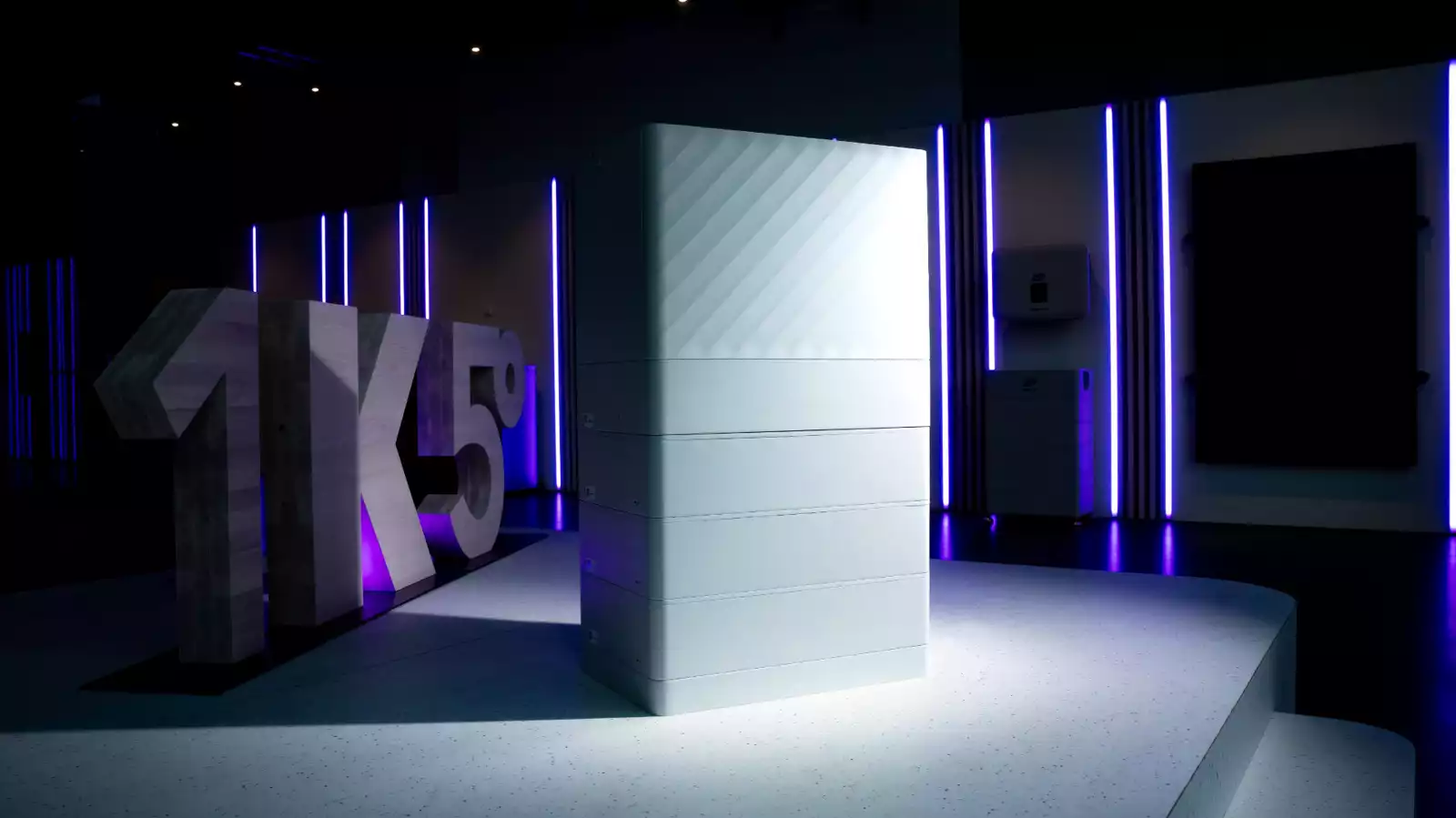
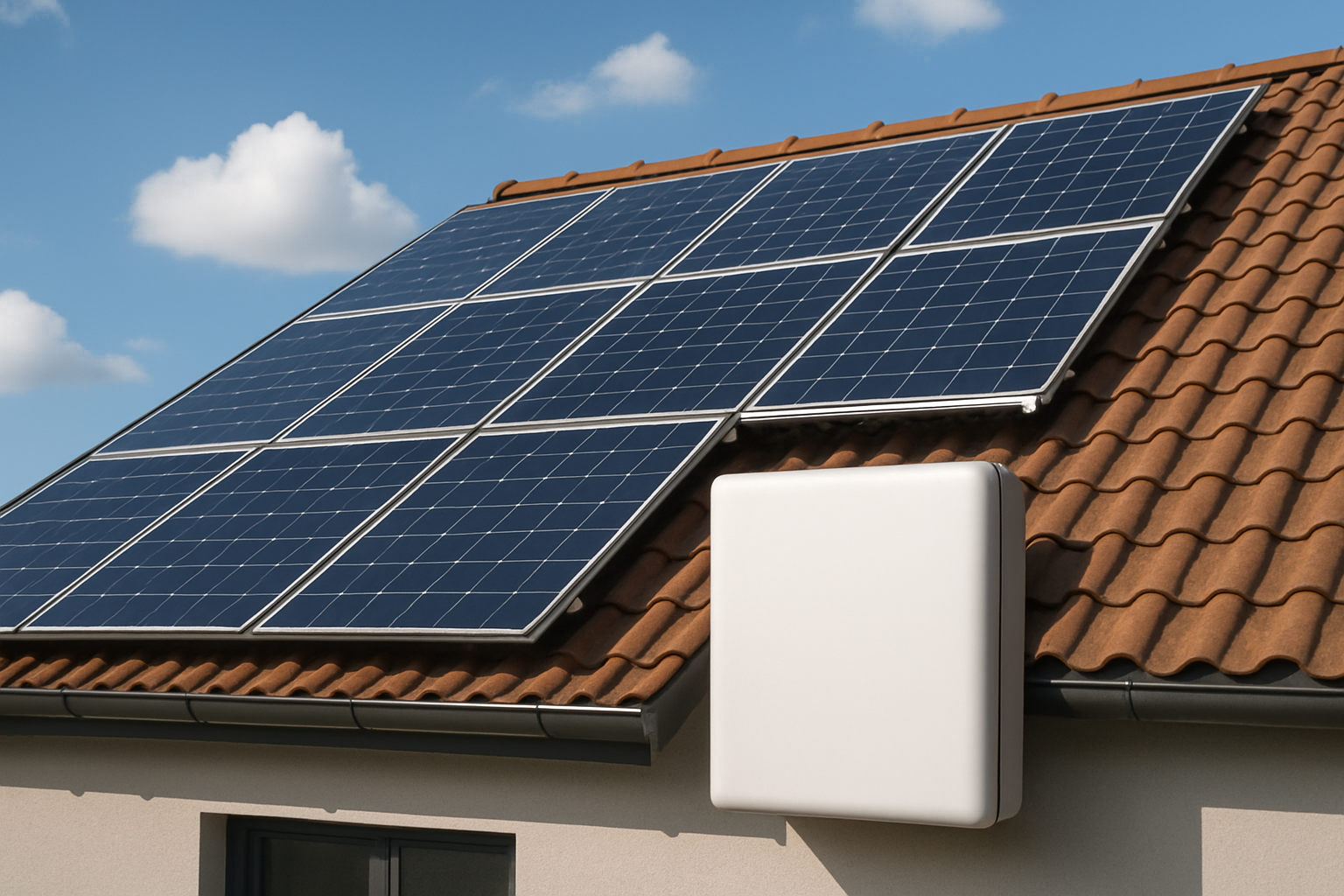
0 reaction